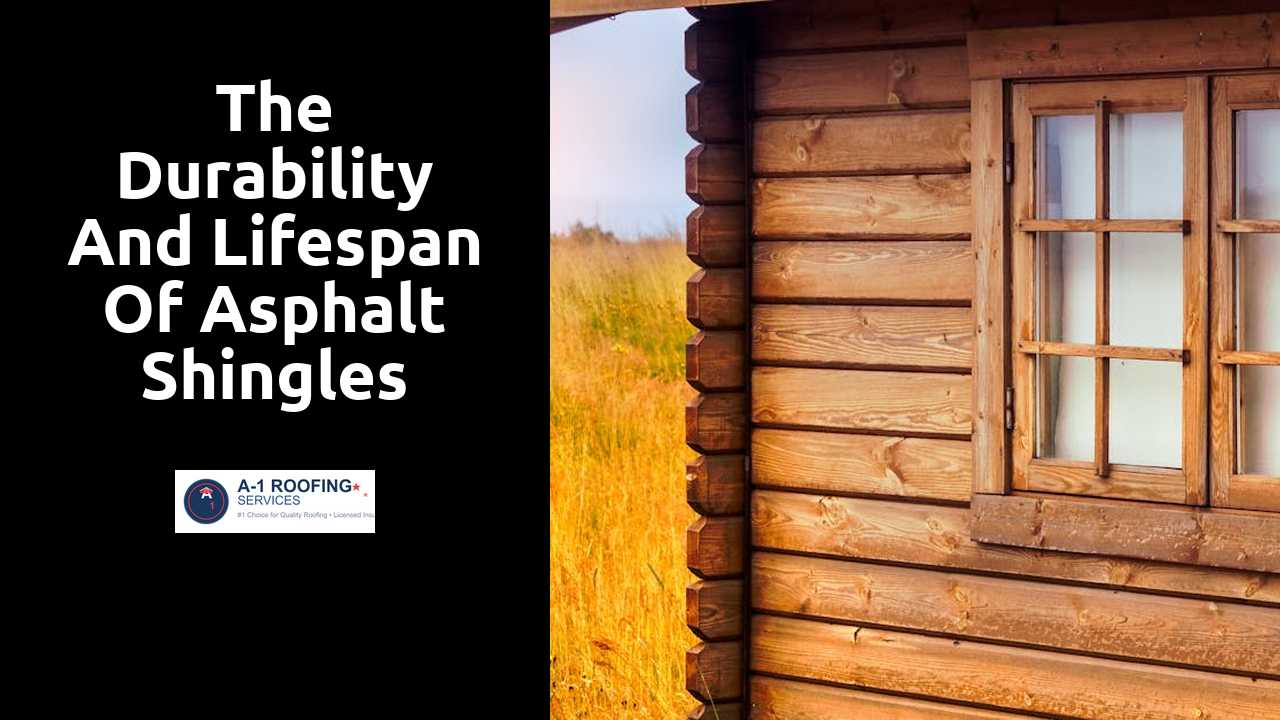
The Durability and Lifespan of Asphalt Shingles
Table Of Contents
Common Issues with Asphalt Shingles
Asphalt shingles are a popular roofing choice due to their affordability and ease of installation. However, they are not without their challenges. One common issue is granule loss, which can occur due to weather exposure. Over time, UV rays can degrade the protective granules, making shingles more susceptible to damage. Furthermore, improper ventilation in the attic can lead to moisture buildup, resulting in curling or buckling.
Another frequent problem involves algae and moss growth. These organisms thrive in humid and shaded environments, leading to unsightly streaks on the roof. While some manufacturers offer algae-resistant shingles, not all roofs come with this feature. Homeowners may find themselves facing additional maintenance and cleaning costs to preserve their roof's appearance and functionality, highlighting the need for regular inspections and preventive measures.
Here is a super informative post that goes into more detail.
Algae and Moss Growth
Asphalt shingles can become a breeding ground for algae and moss, especially in areas with high humidity and minimal sunlight. These organisms thrive on the organic materials that may be present in the shingles or accumulate on their surface, leading to unsightly black streaks and green patches. Algae growth is often fueled by moisture and can deteriorate the protective granule layer over time, potentially decreasing the lifespan of the shingles.
Taking preventive measures can help mitigate this issue. Installing shingles with protective coatings that inhibit algae growth is one effective strategy. Regular cleaning of the roof can also remove organic debris and moisture, which discourages the development of moss and algae. Homeowners should consider assessing their roof periodically to identify early signs of growth, ensuring that any potential problems are addressed before they escalate.
Ensuring Longevity
Proper installation plays a crucial role in the longevity of asphalt shingles. Employing experienced professionals ensures that shingles are aligned correctly and fastened securely. Mistakes during installation can lead to leaks and early wear, significantly reducing the expected lifespan. Attention to detail, such as ensuring adequate ventilation in the attic and proper underlayment, can also prevent damage caused by moisture buildup.
Routine maintenance is essential for extending the life of asphalt shingles. Homeowners should conduct regular inspections for signs of damage, such as curling, peeling, or missing shingles. Keeping the roof free of debris and ensuring gutters are clear can help prevent water accumulation, which may lead to mold growth. Addressing any minor issues promptly can save homeowners from more extensive and costly repairs in the future.
Installation Best Practices
Proper installation of asphalt shingles is critical to their overall performance and longevity. Ensuring that the roof deck is clean and dry serves as a solid foundation for the shingles. Using high-quality underlayment can protect against moisture infiltration, while following the manufacturer's guidelines for nailing patterns and spacing reinforces the shingles against wind damage. Attention to detail is essential; overdriving nails can lead to shingle damage, while underdriving can cause issues with water retention.
Choosing the right time of year for installation can also influence the effectiveness of asphalt shingles. Warm, dry weather is ideal as it allows for optimal sealing of shingles and prevents complications caused by freezing temperatures. Professional installation may further enhance results, as experienced roofers are familiar with the nuances of the process. In addition to these practices, regular inspections during the first few years can help identify and address potential issues before they escalate.
Cost vs. Value
When considering asphalt shingles for roofing, it’s essential to weigh their upfront costs against the long-term value they provide. Typically, shingles present a more budget-friendly option compared to other roofing materials such as metal or tile. The initial investment often attracts homeowners looking for both functionality and aesthetic appeal. However, factoring in the potential lifespan and maintenance requirements can shift perceptions of value.
Moreover, the energy efficiency of asphalt shingles can contribute to lower utility bills over time. High-quality shingles may come with extended warranties, offering additional peace of mind for homeowners. A well-maintained asphalt roof can protect the underlying structure for decades, making it a cost-effective choice in the long run. Ultimately, understanding both the immediate and future expenses linked to asphalt shingles helps in making an informed decision that aligns with financial and practical considerations.
Return on Investment
When considering the cost of installing asphalt shingles, homeowners often weigh the initial expense against the long-term benefits. Quality asphalt shingles can typically last 20 to 30 years, depending on factors such as climate and maintenance. This longevity can justify the investment, as it delays the need for costly replacements. Additionally, energy-efficient options are available, which may help reduce utility bills over time, further increasing the financial return.
Furthermore, asphalt shingles can enhance a property's curb appeal, which is essential for resale value. An attractive roof can make a significant difference in potential buyers' perceptions, leading to a quicker sale and possibly a higher selling price. The relatively low cost of asphalt shingles, combined with their potential for significant returns in home value and energy savings, makes them an appealing choice for many homeowners.
Related Links
Evaluating the Cost of Asphalt Shingles for Your HomeComparing Asphalt Shingles to Other Roofing Materials